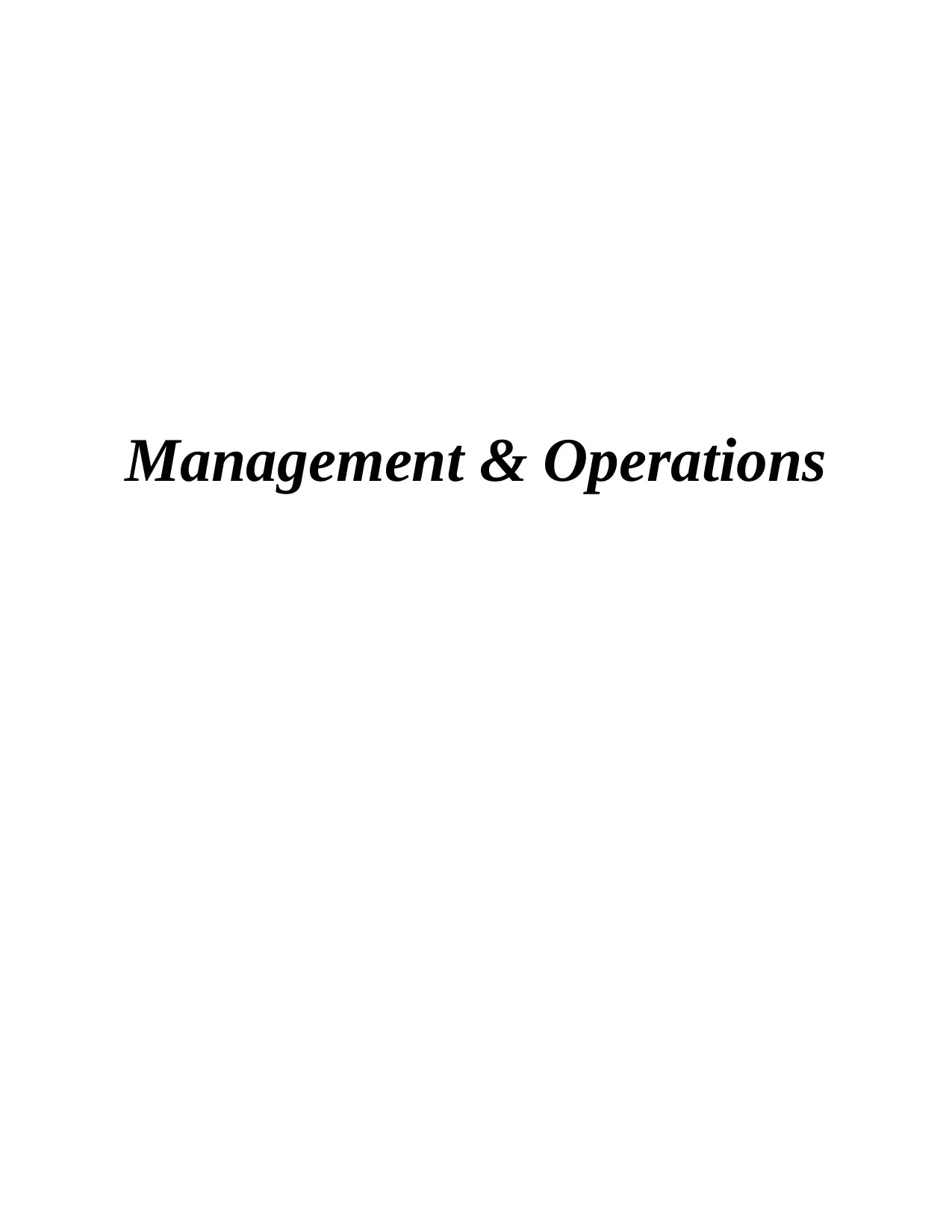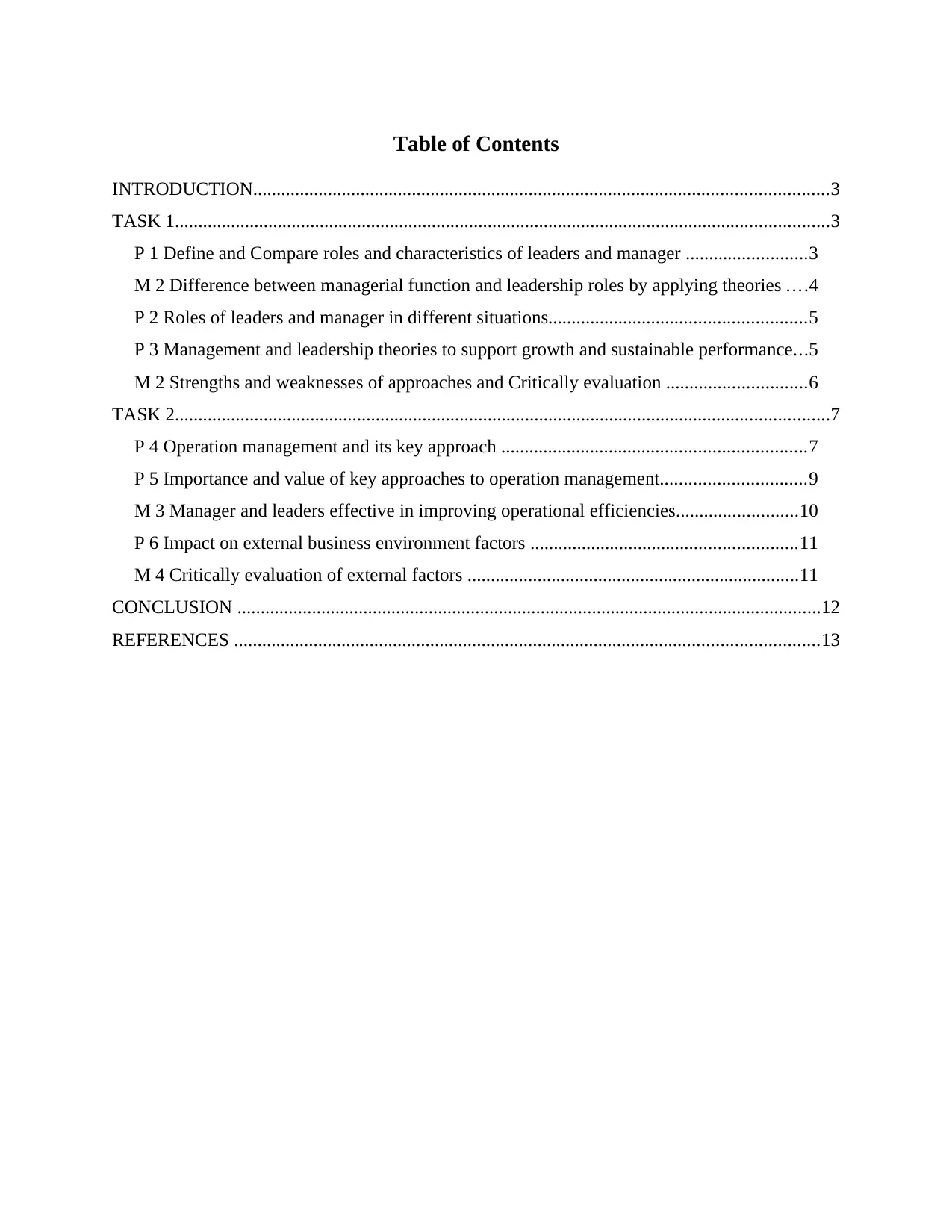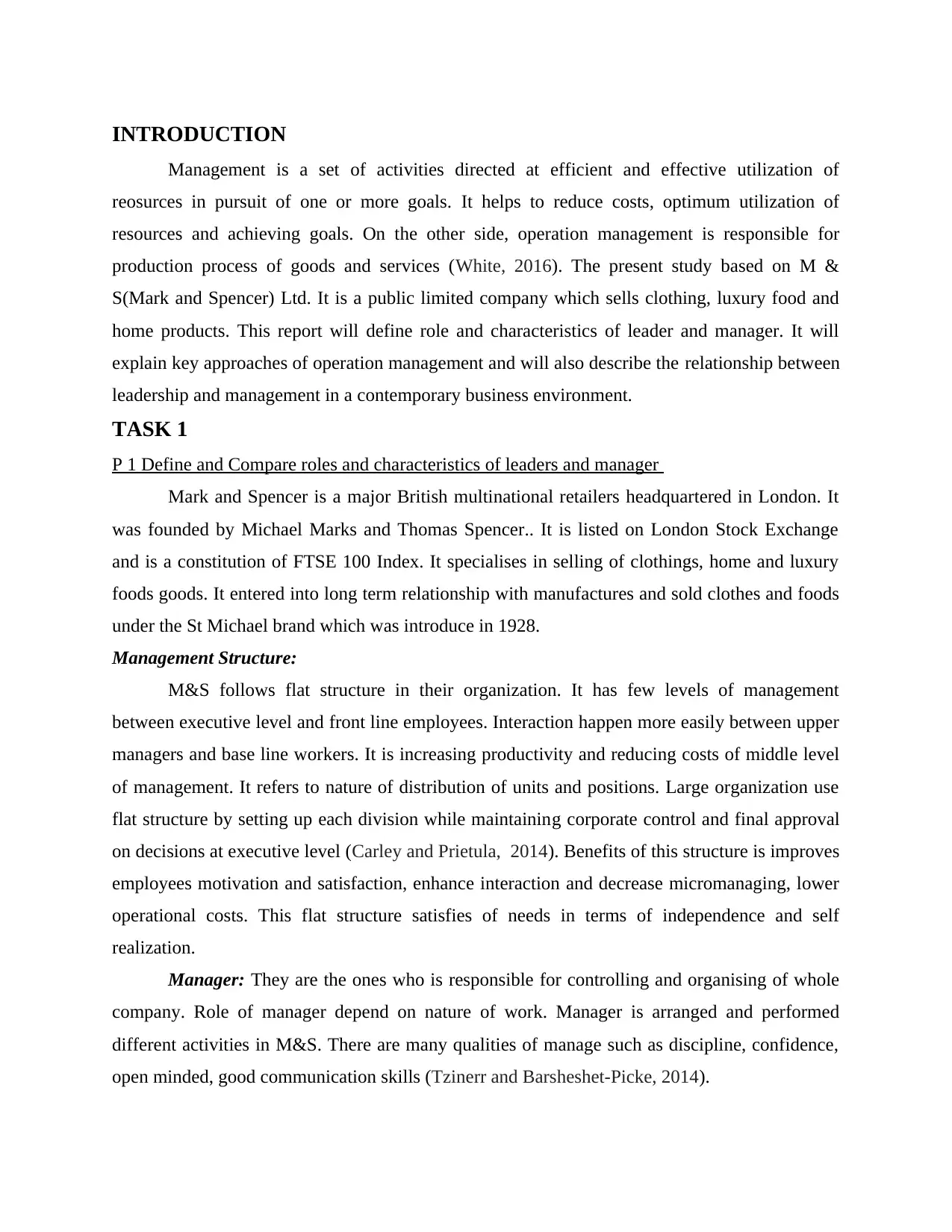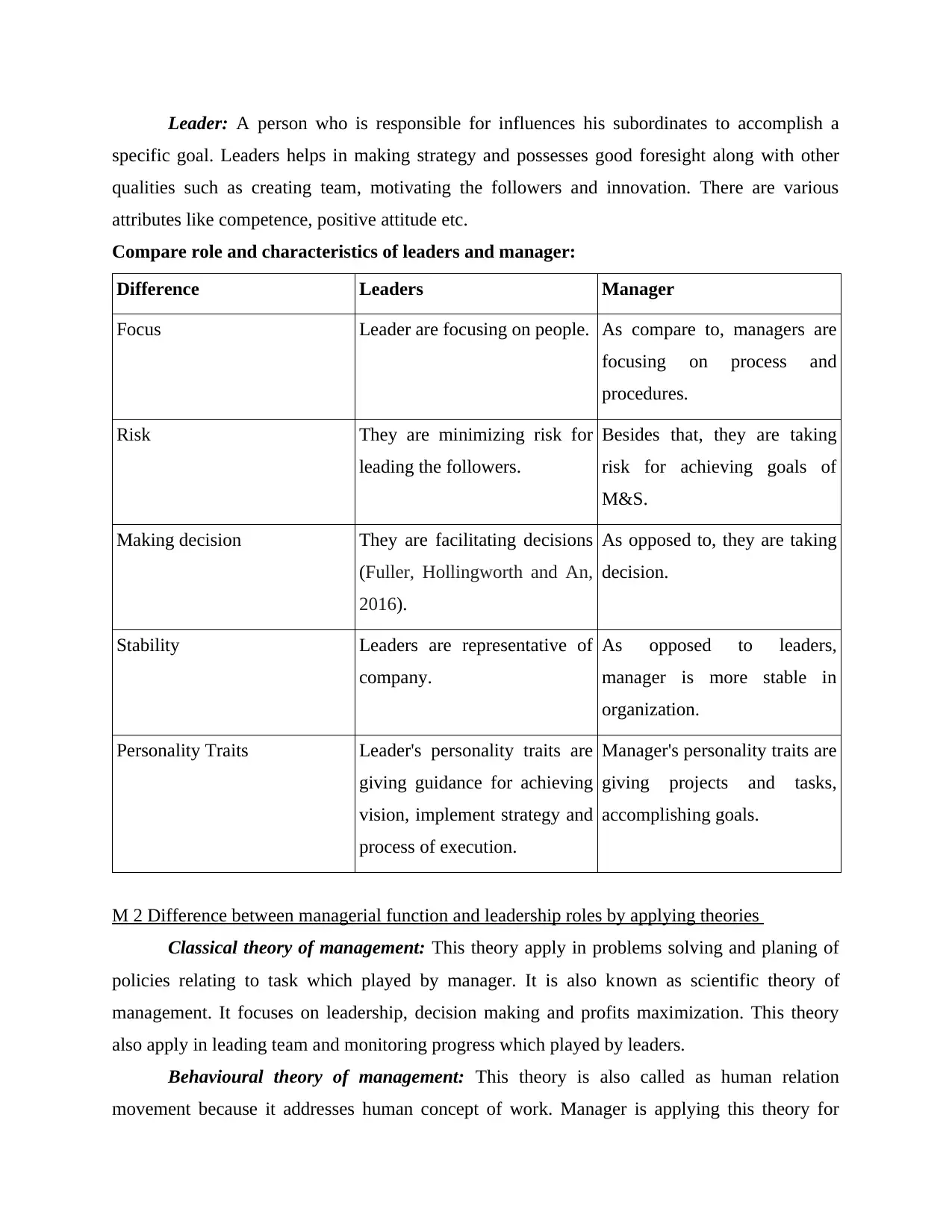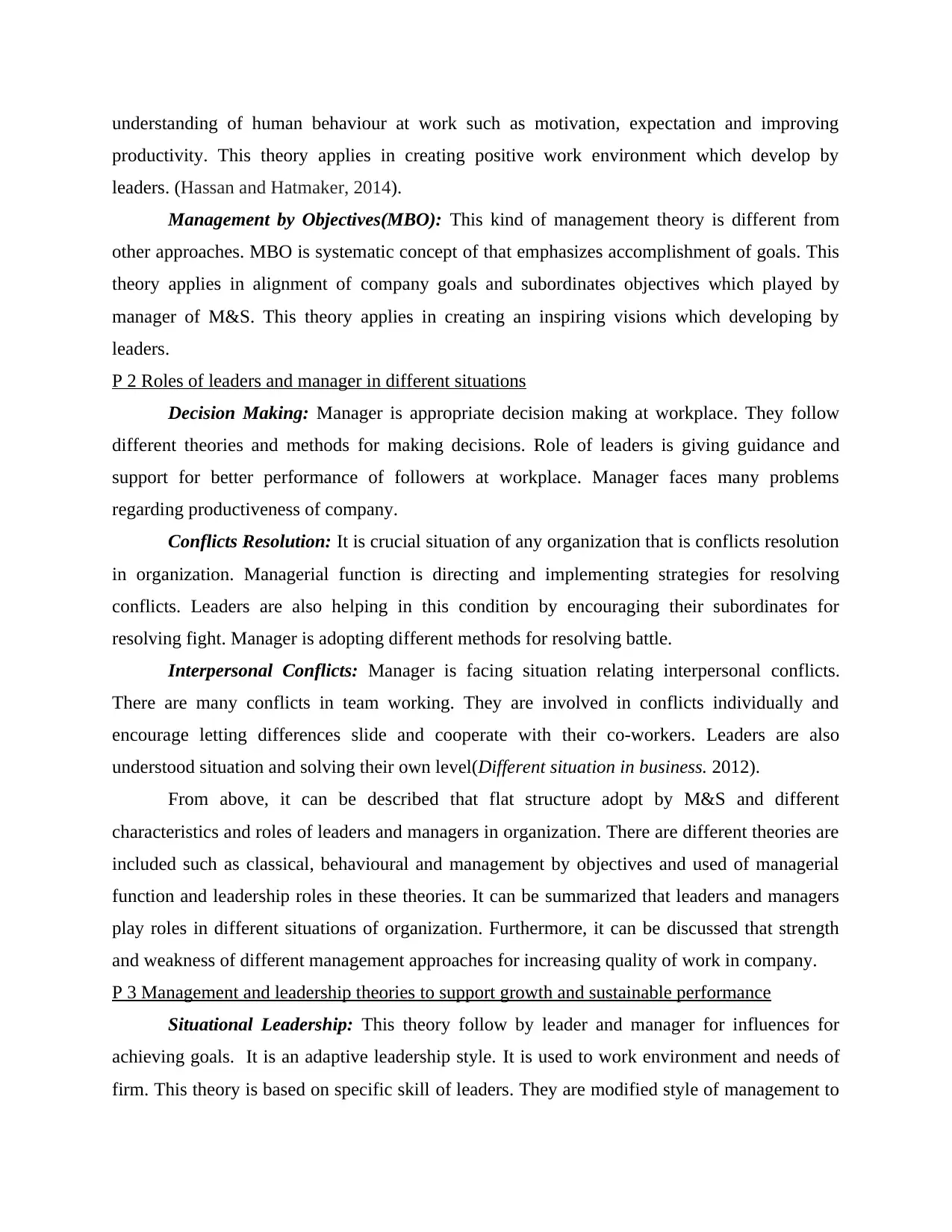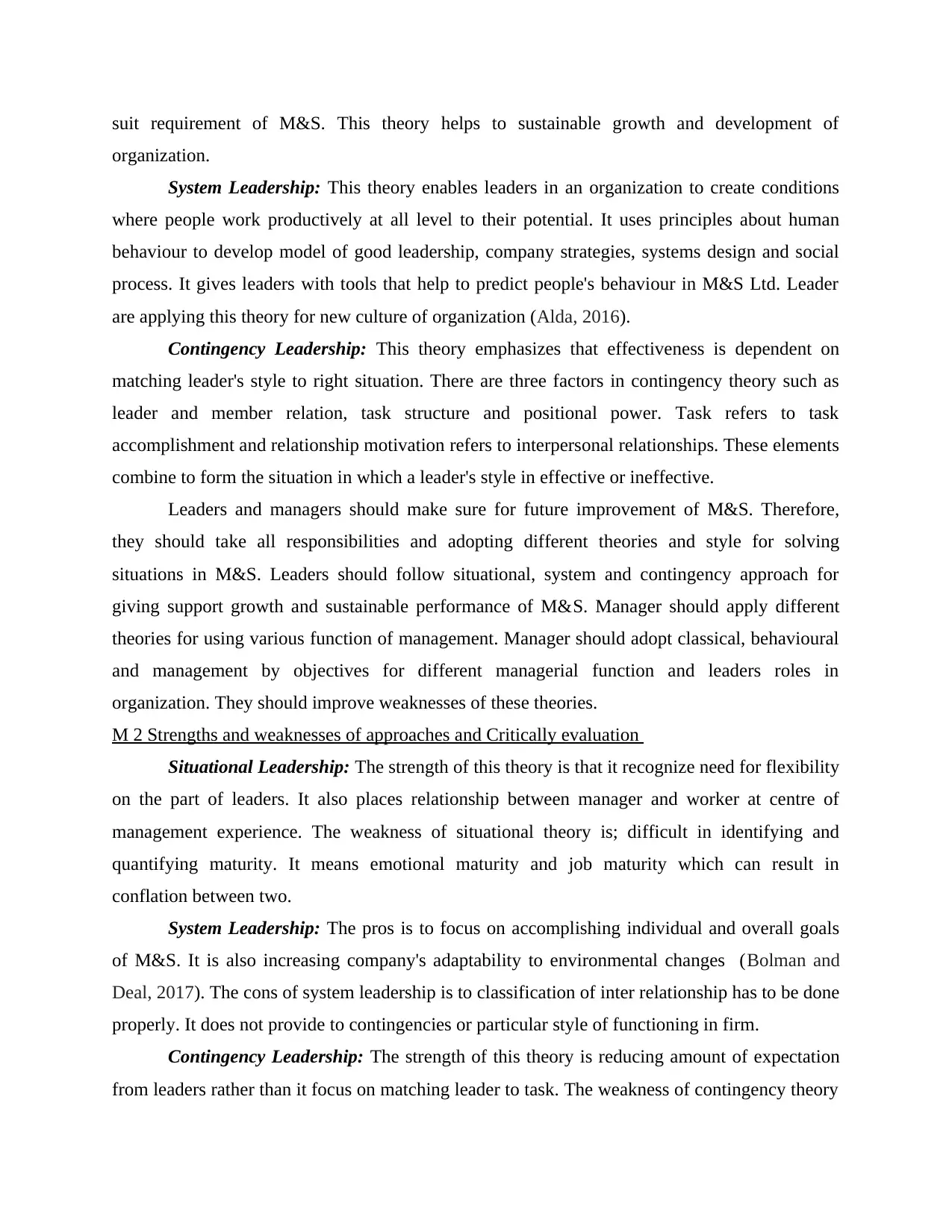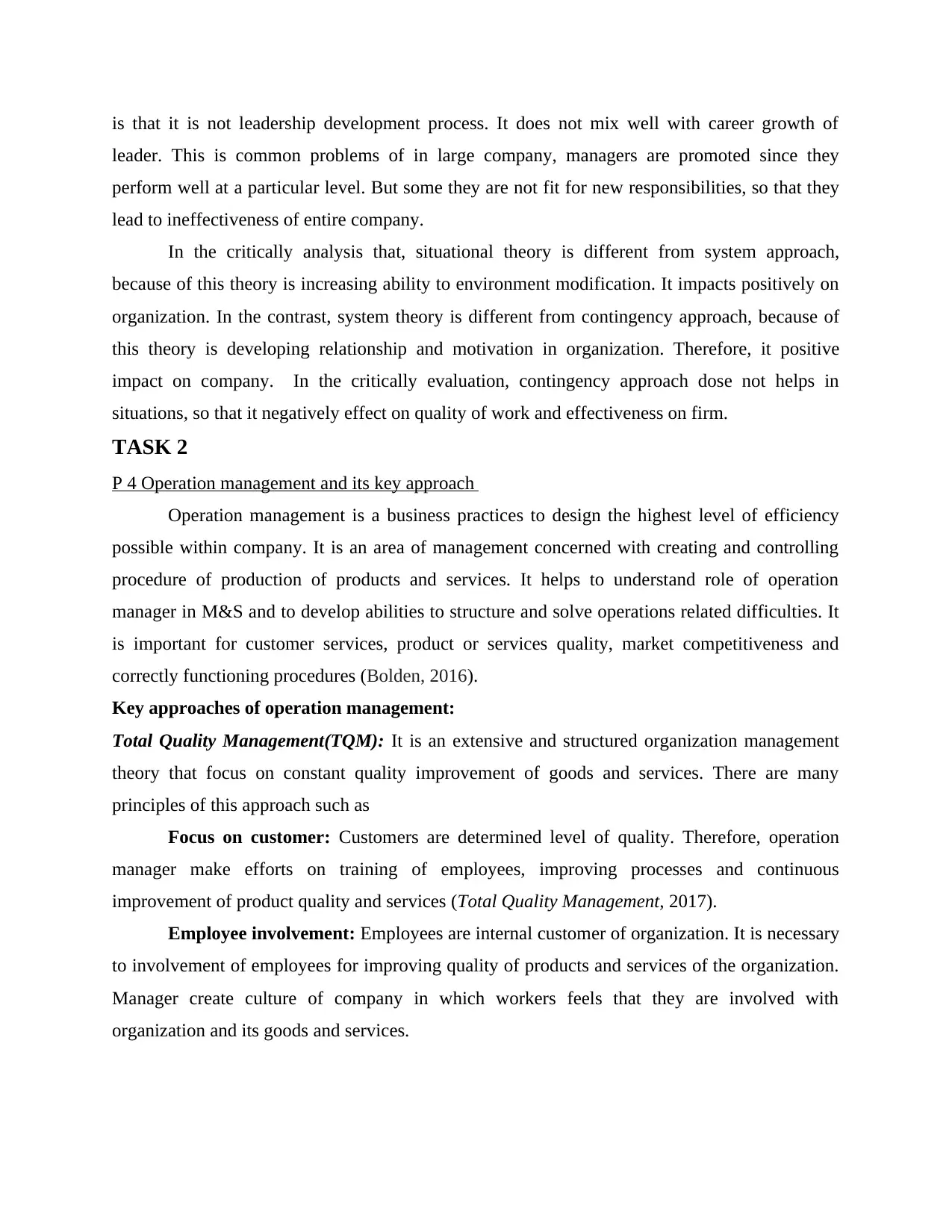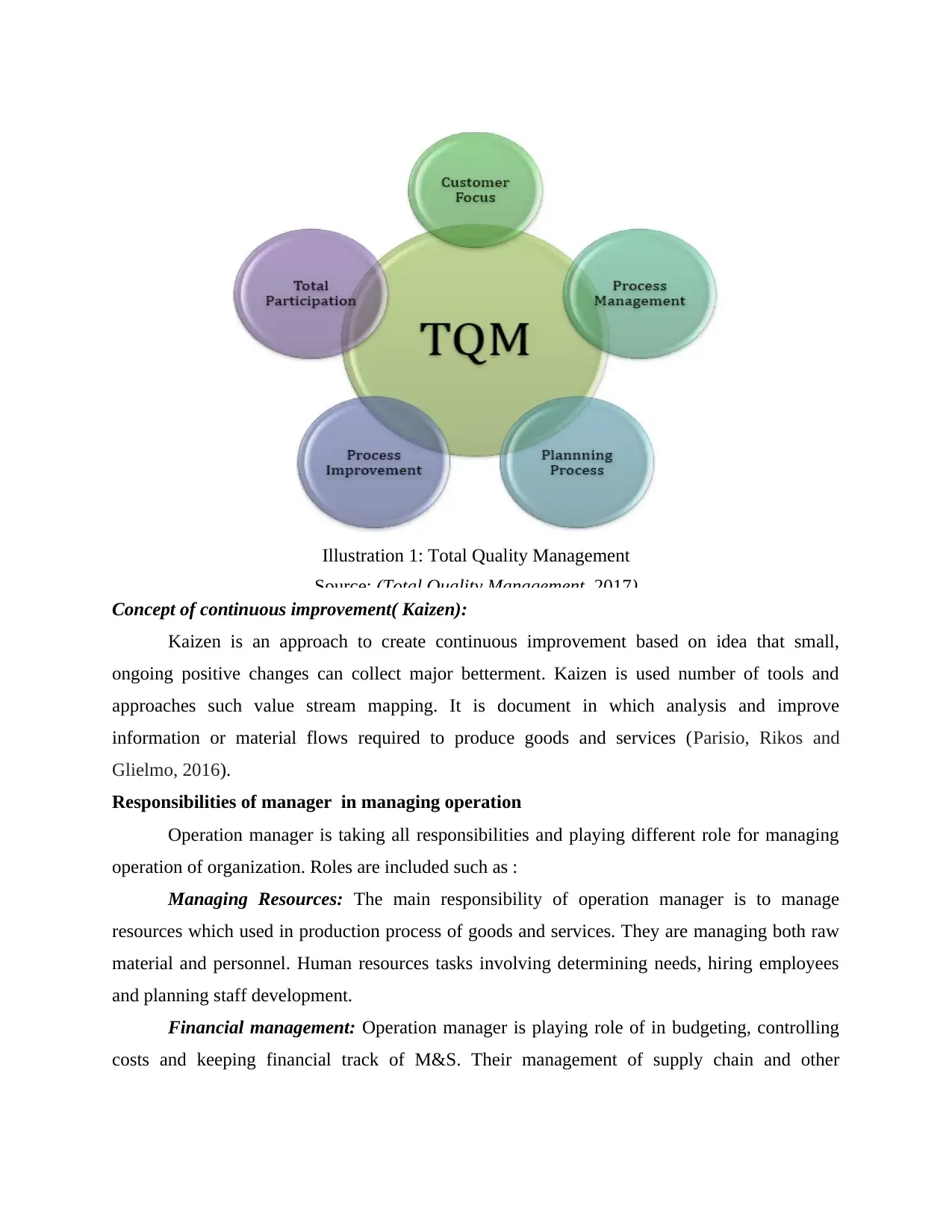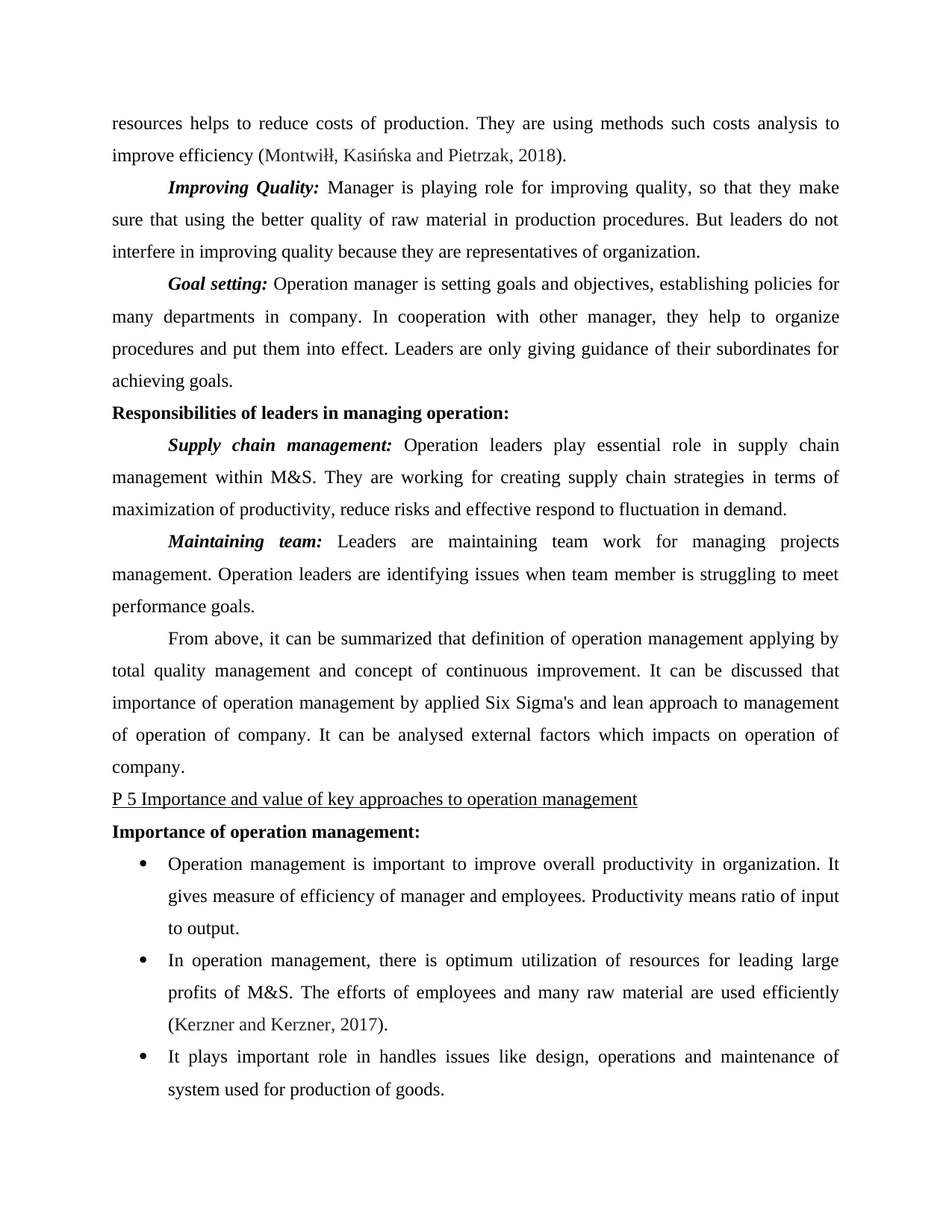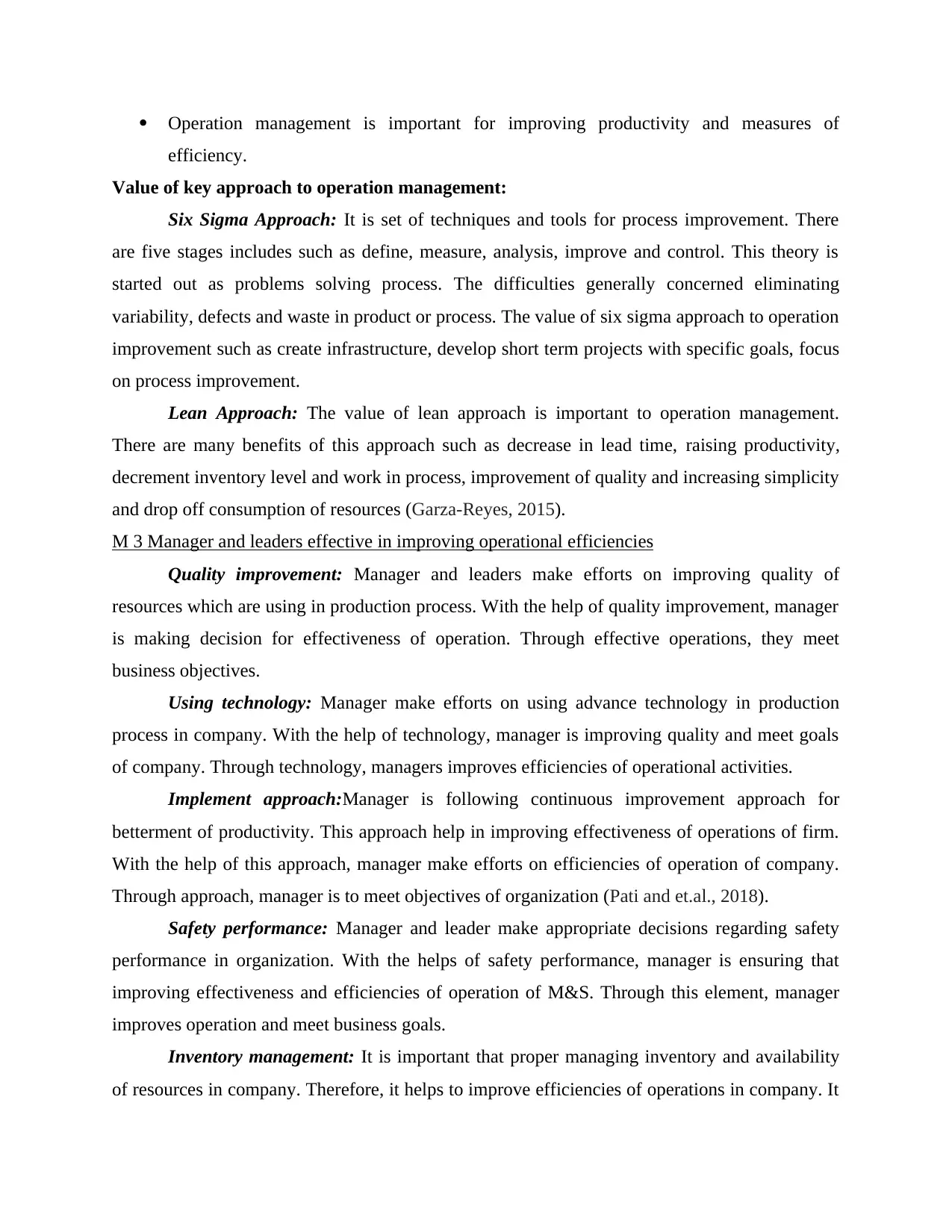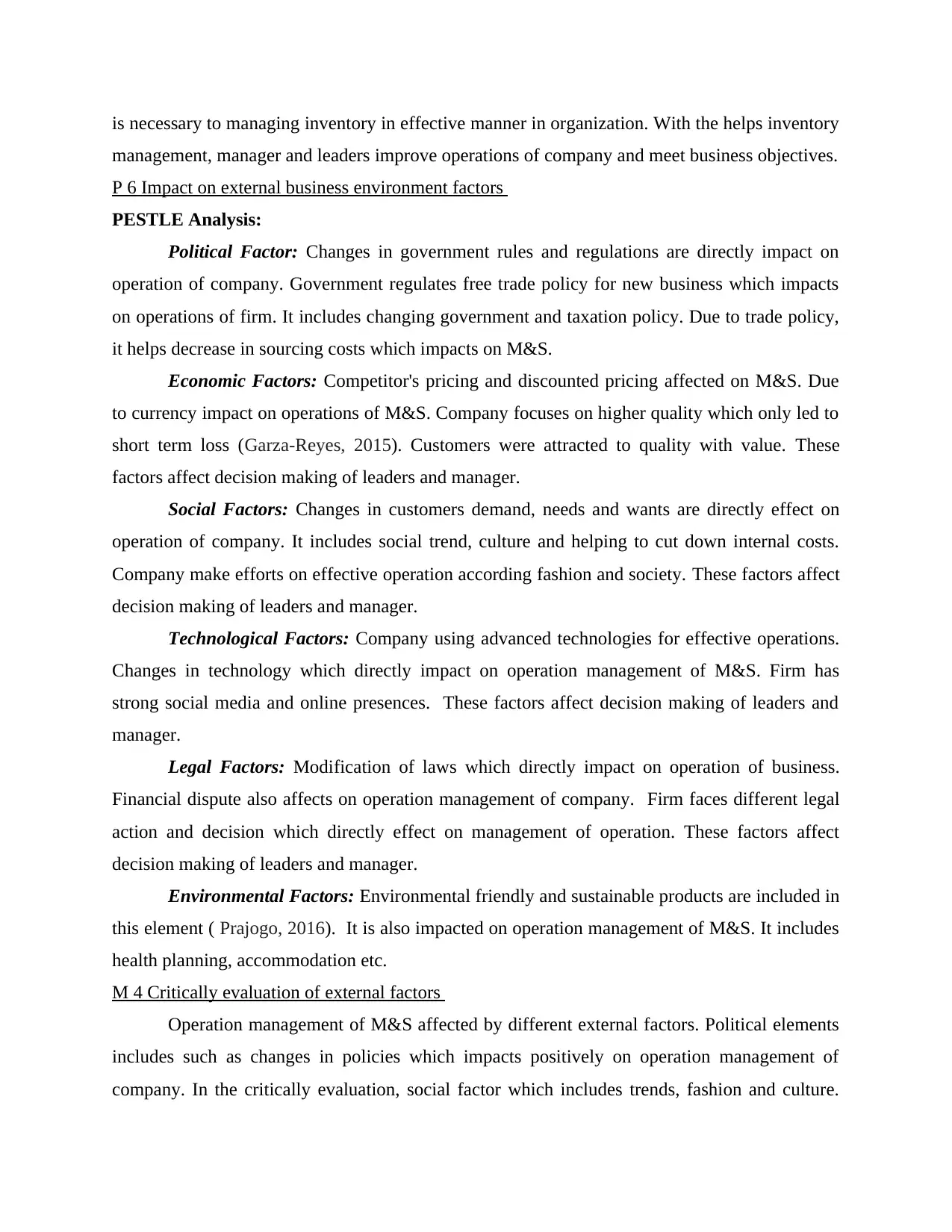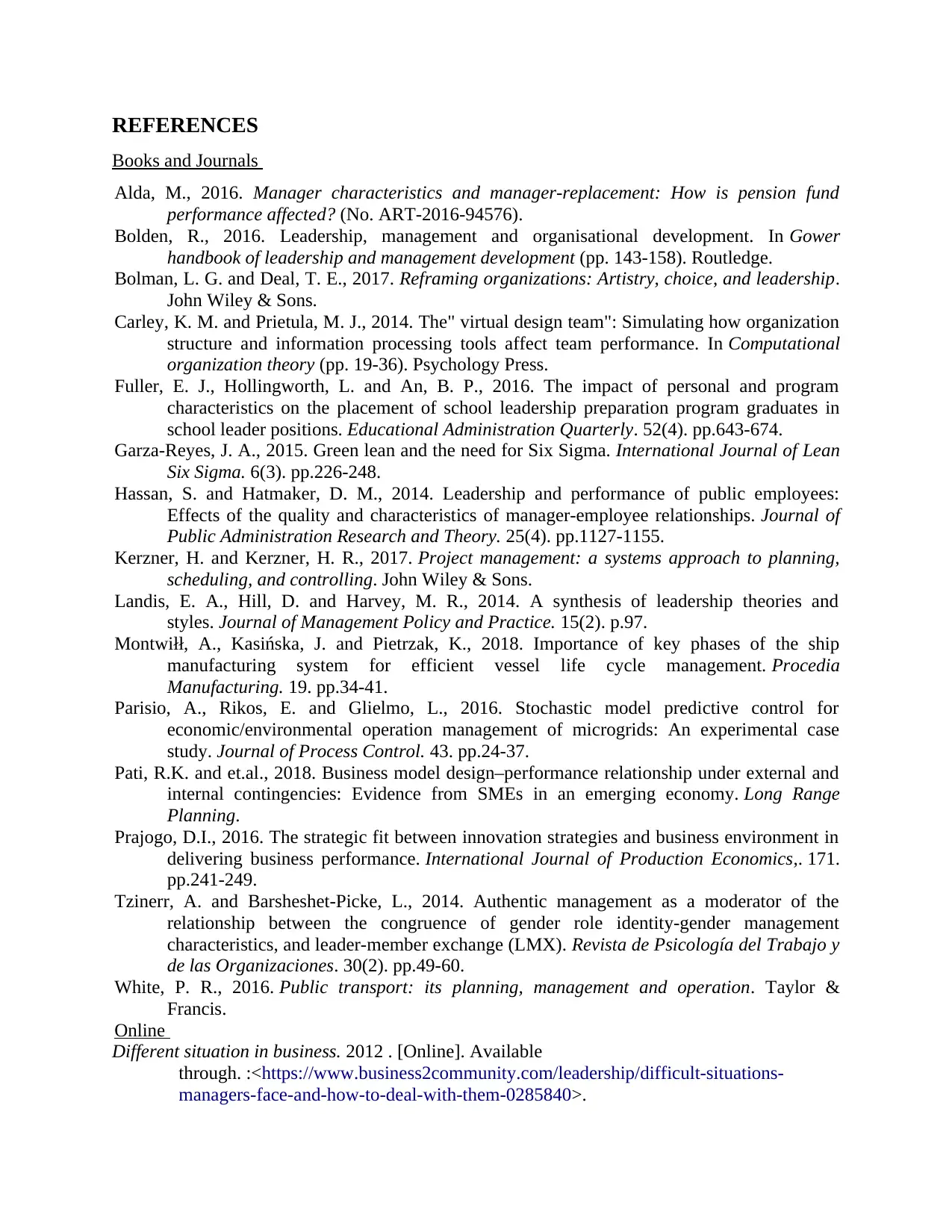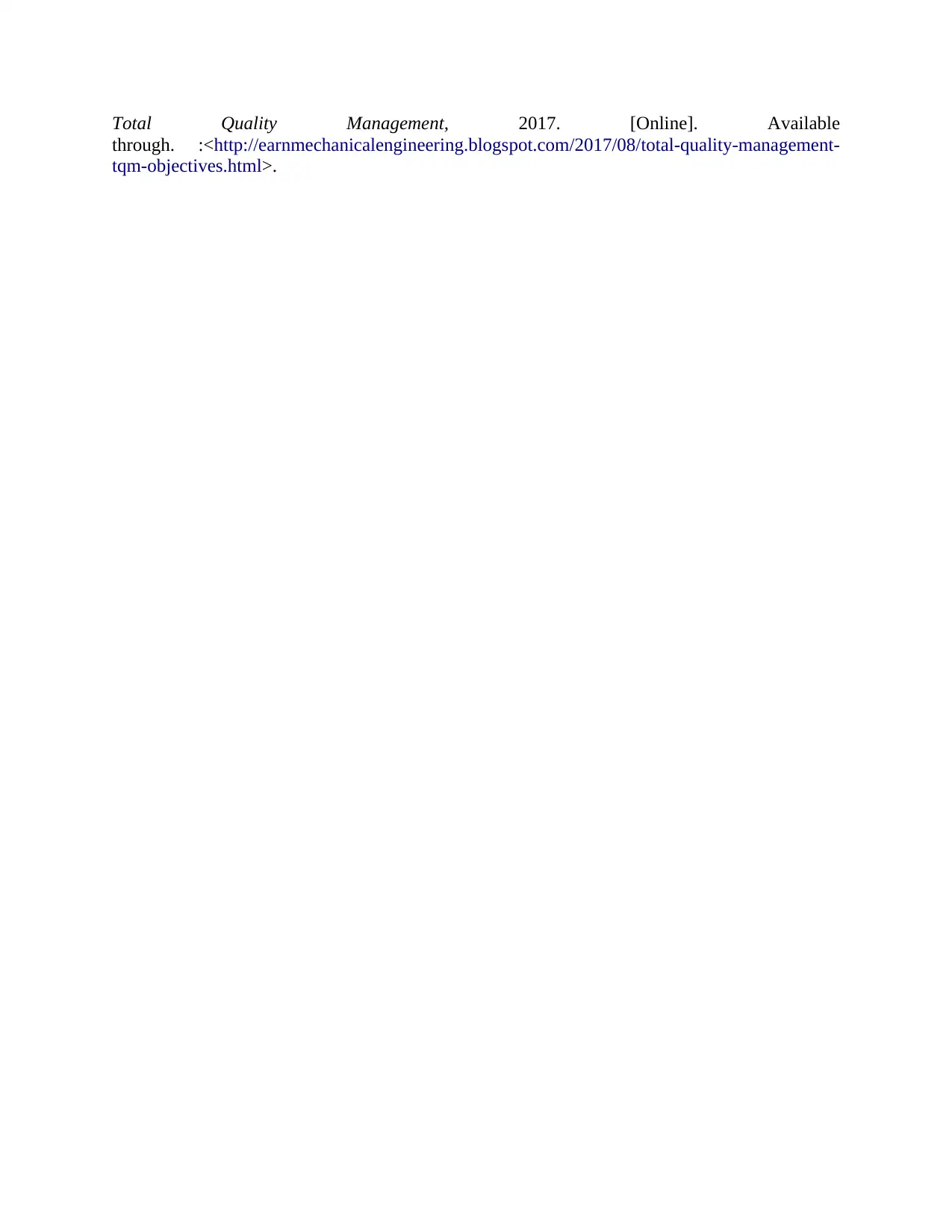This assignment provides a comprehensive analysis of leadership styles and their impact on performance in different situations. It draws from various sources, including research papers, books, and online resources, to explore the complexities of leadership and its effects on organizational outcomes. The assignment aims to understand how different leadership styles can influence performance, and how this relationship is shaped by external and internal contingencies. It also examines the importance of key phases in vessel manufacturing systems for efficient vessel life cycle management. Overall, this assignment offers a nuanced understanding of leadership and performance, highlighting the need for effective leadership strategies in managing complex organizational systems.
![[object Object]](/_next/static/media/star-bottom.7253800d.svg)
![[object Object]](/_next/static/media/star-bottom.7253800d.svg)
